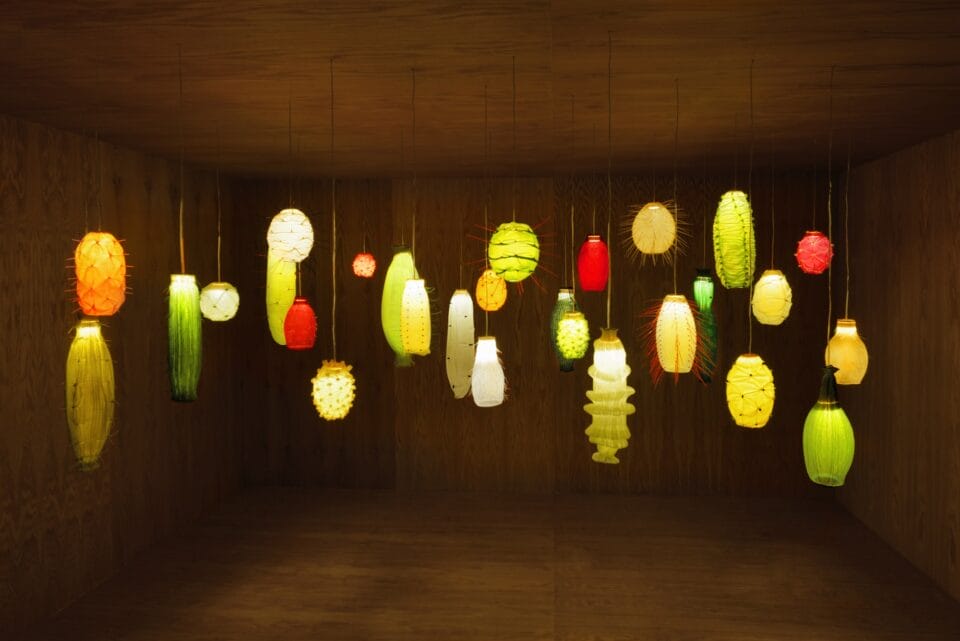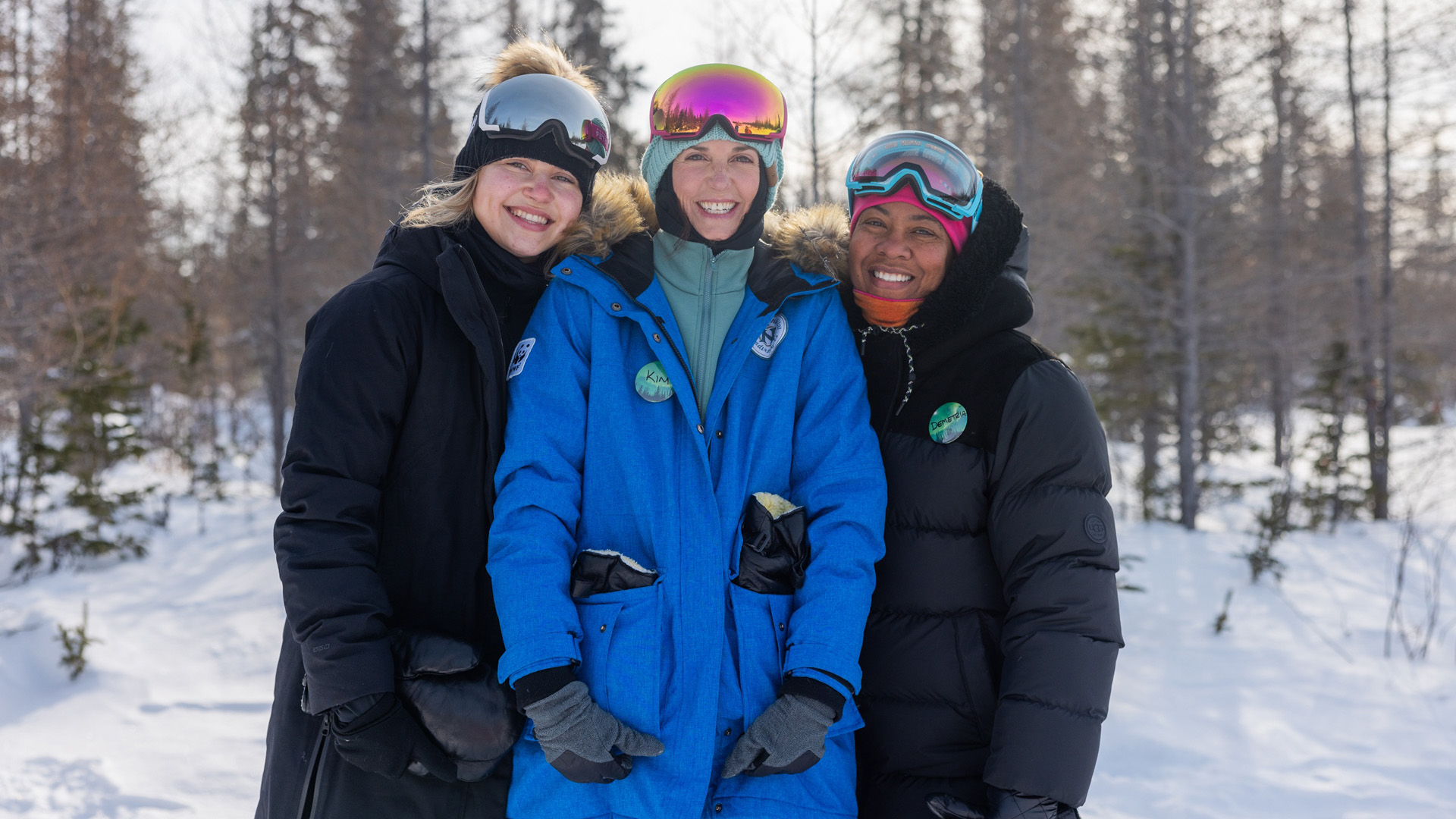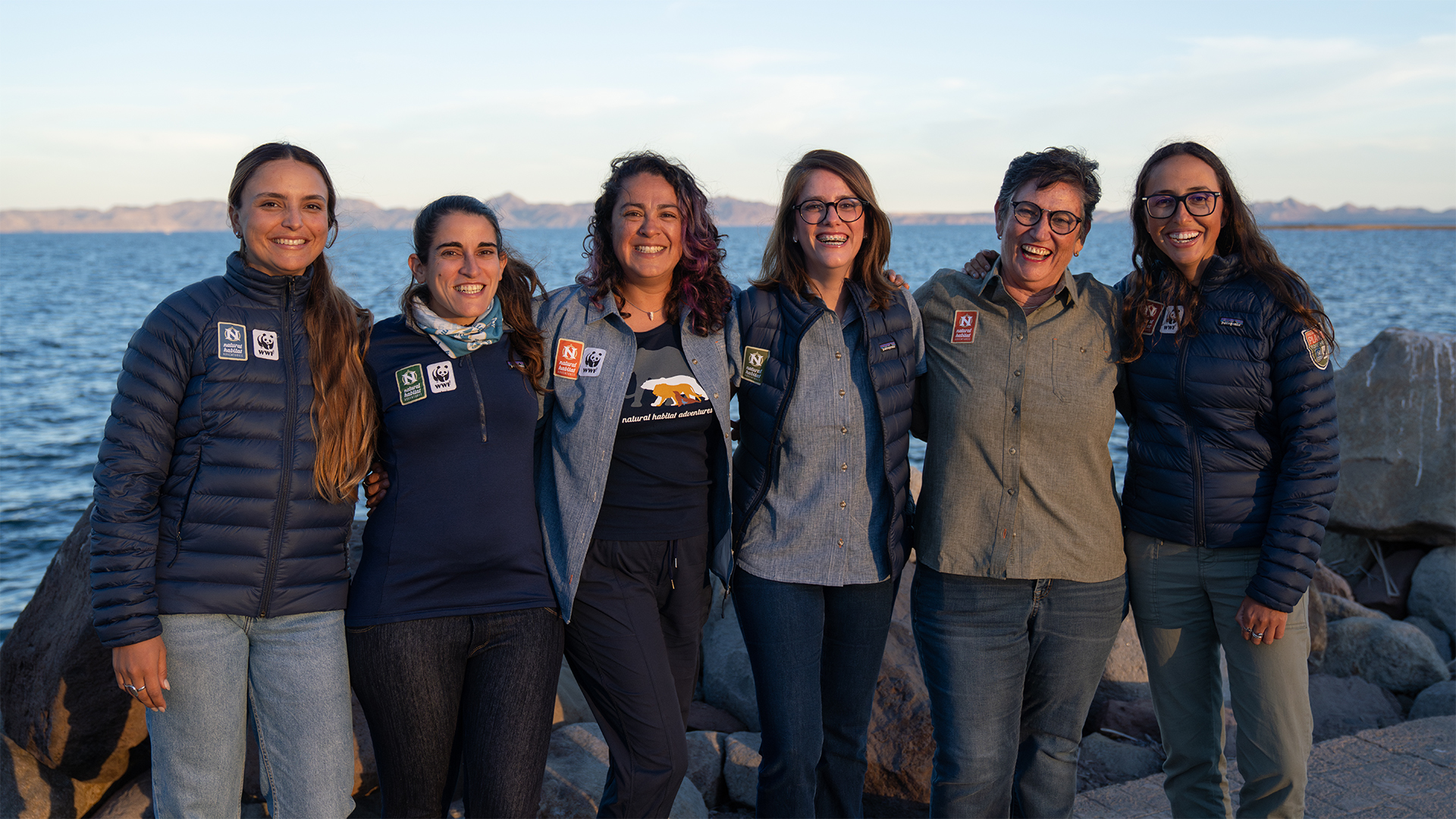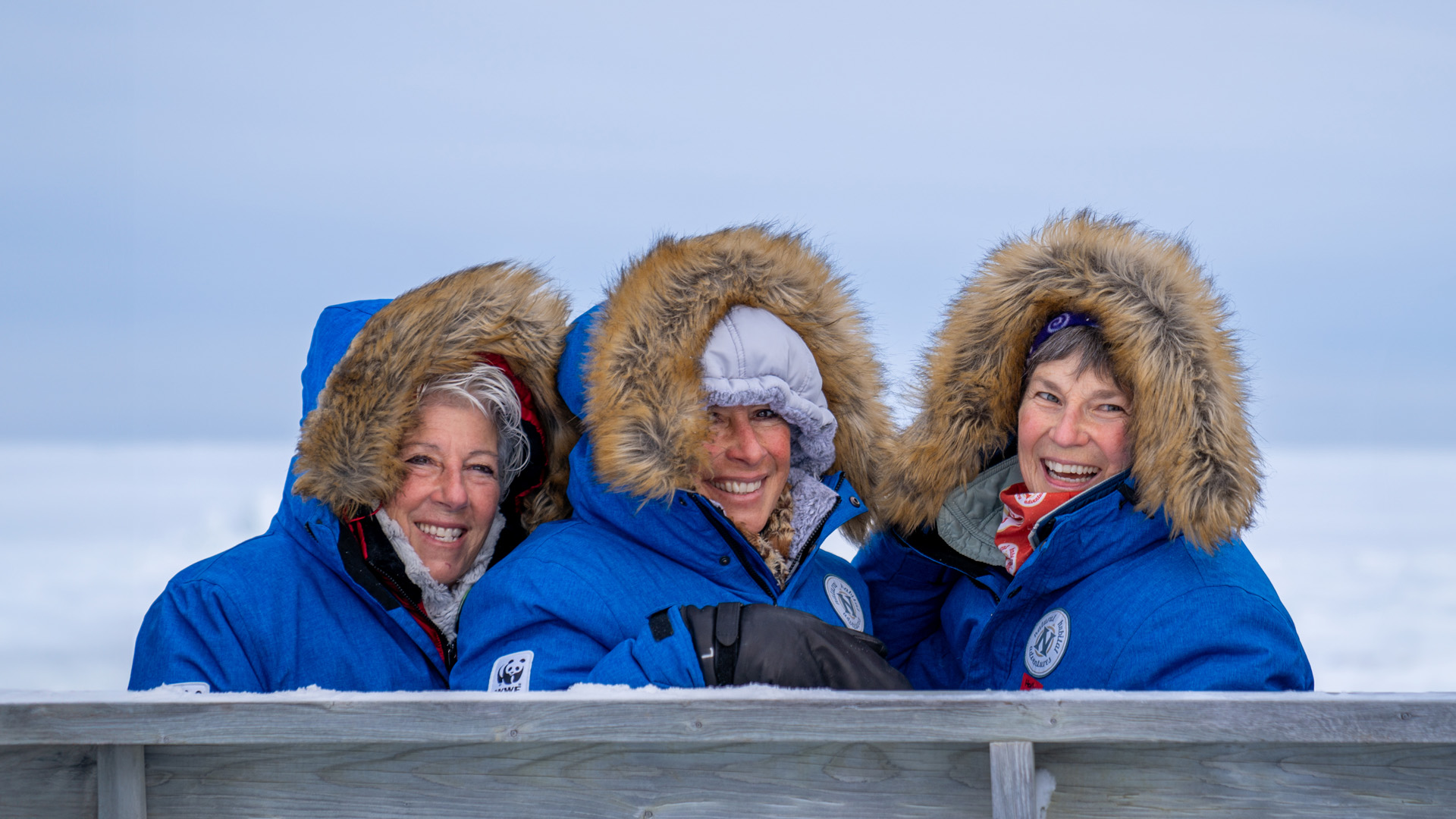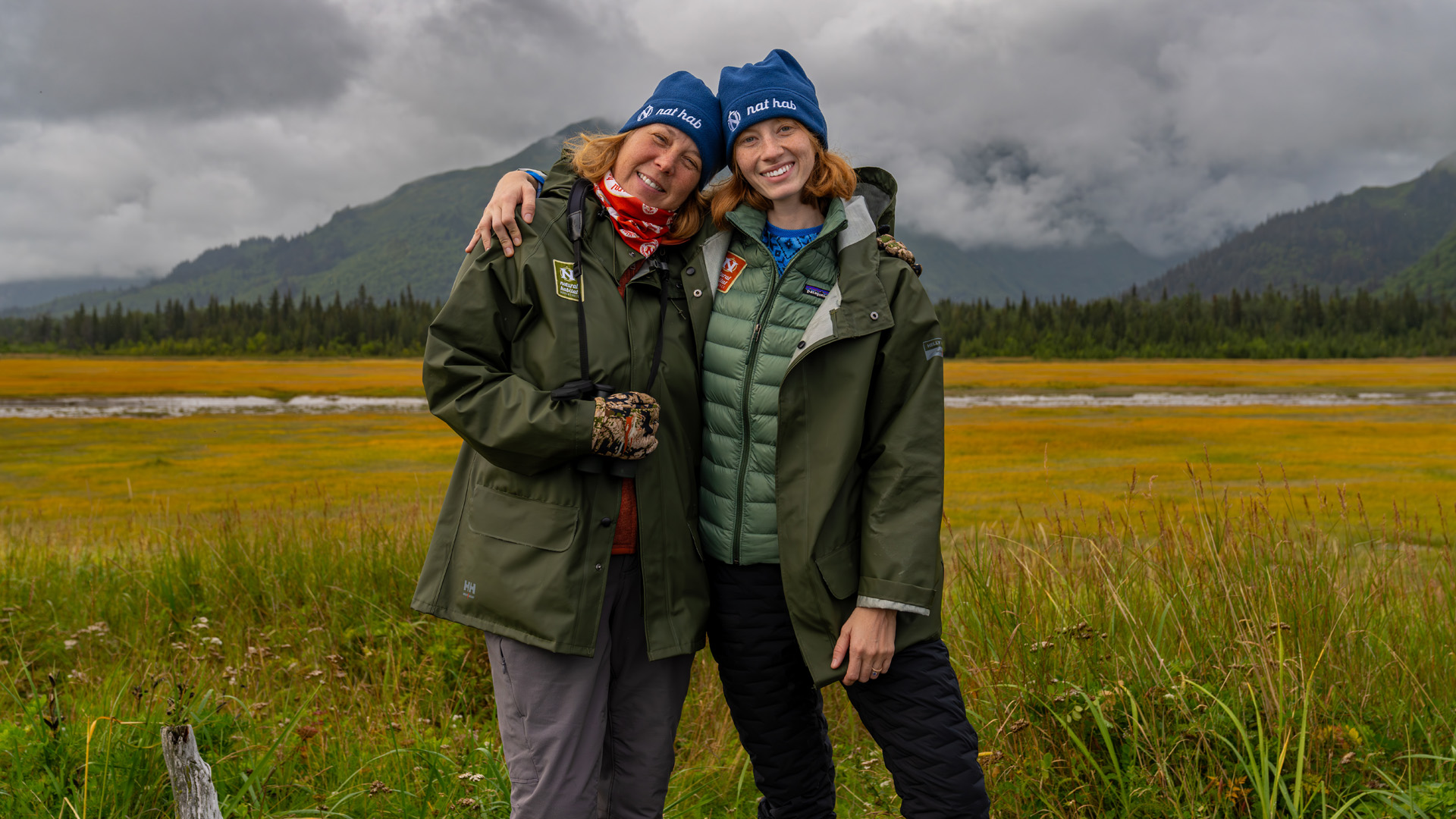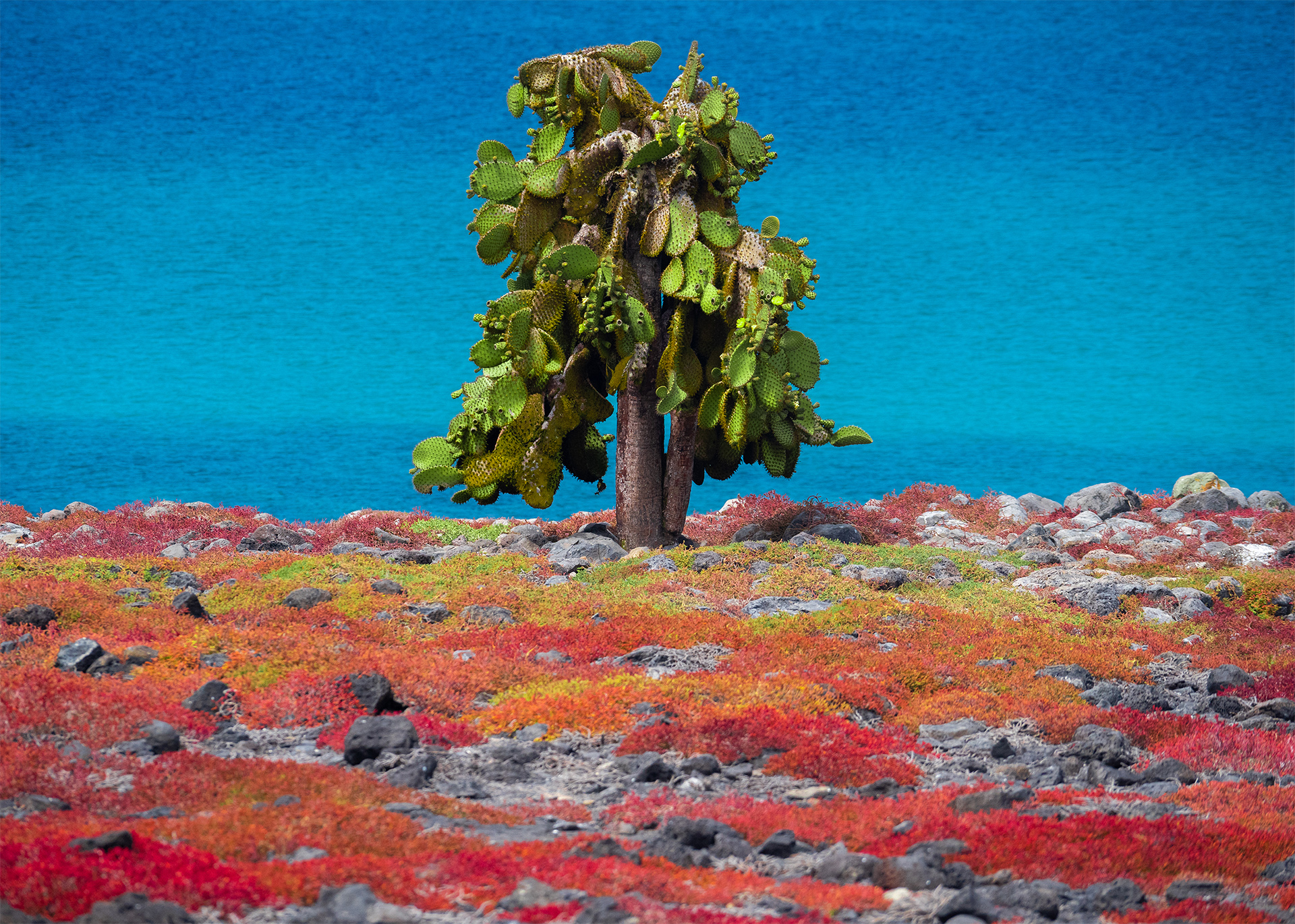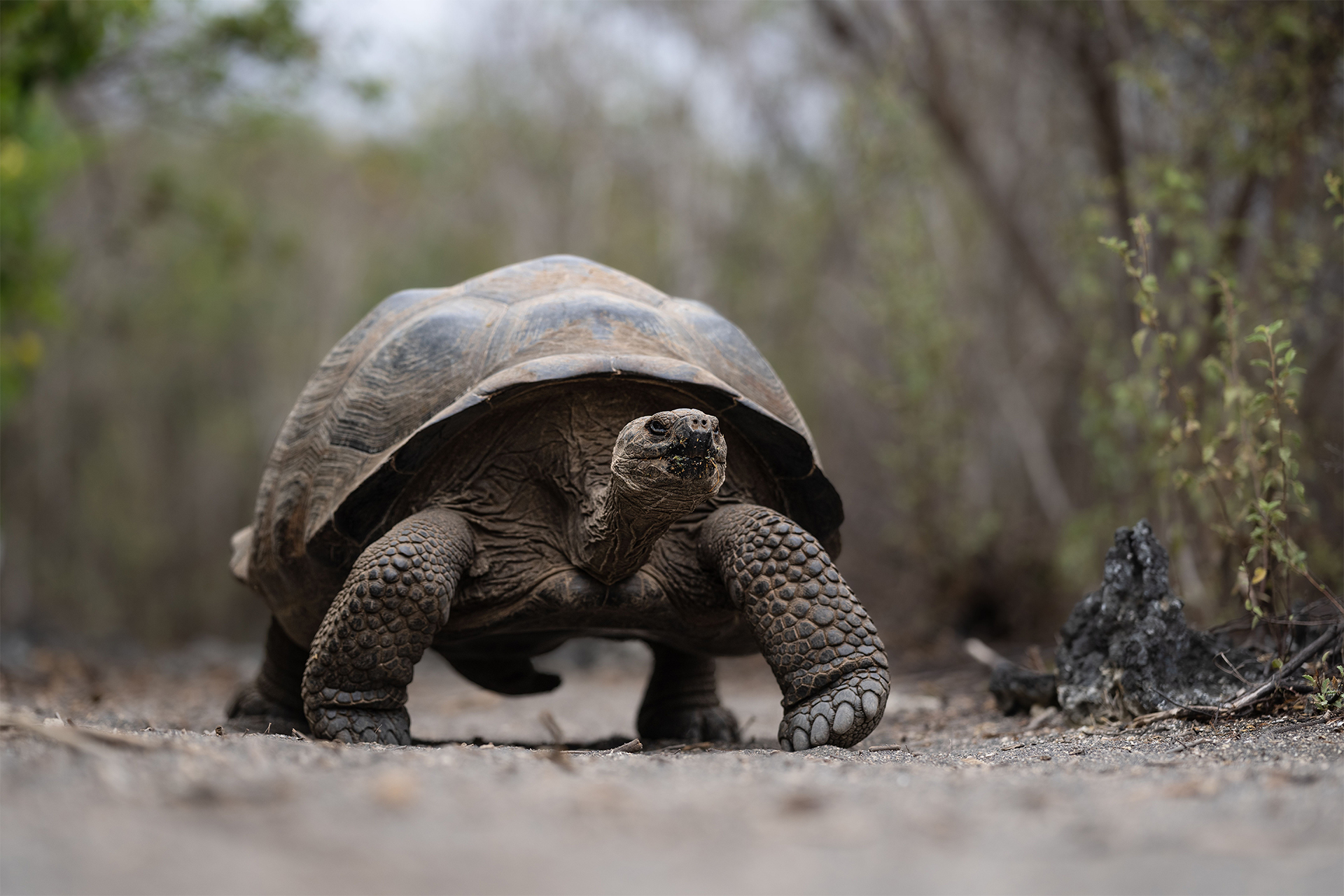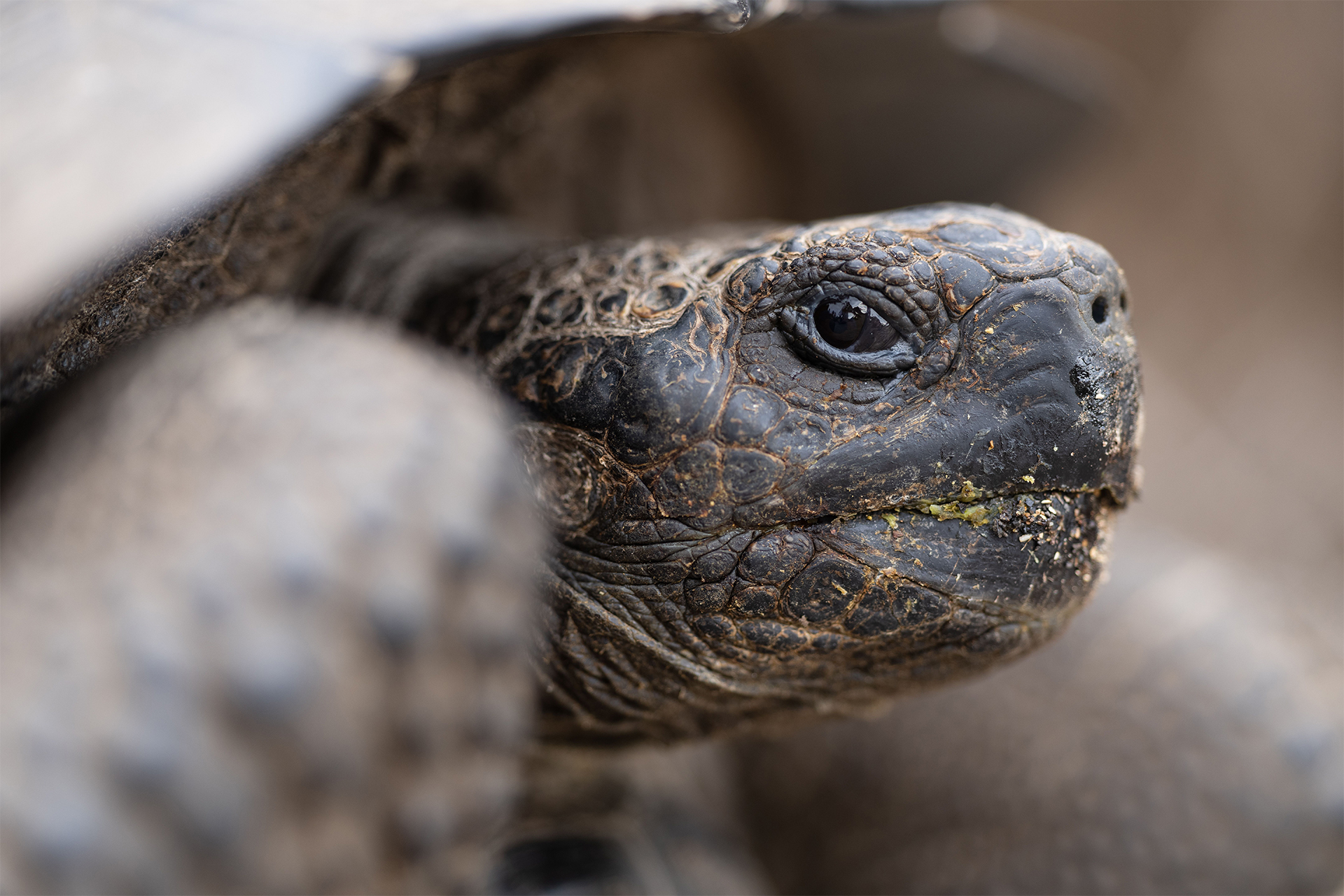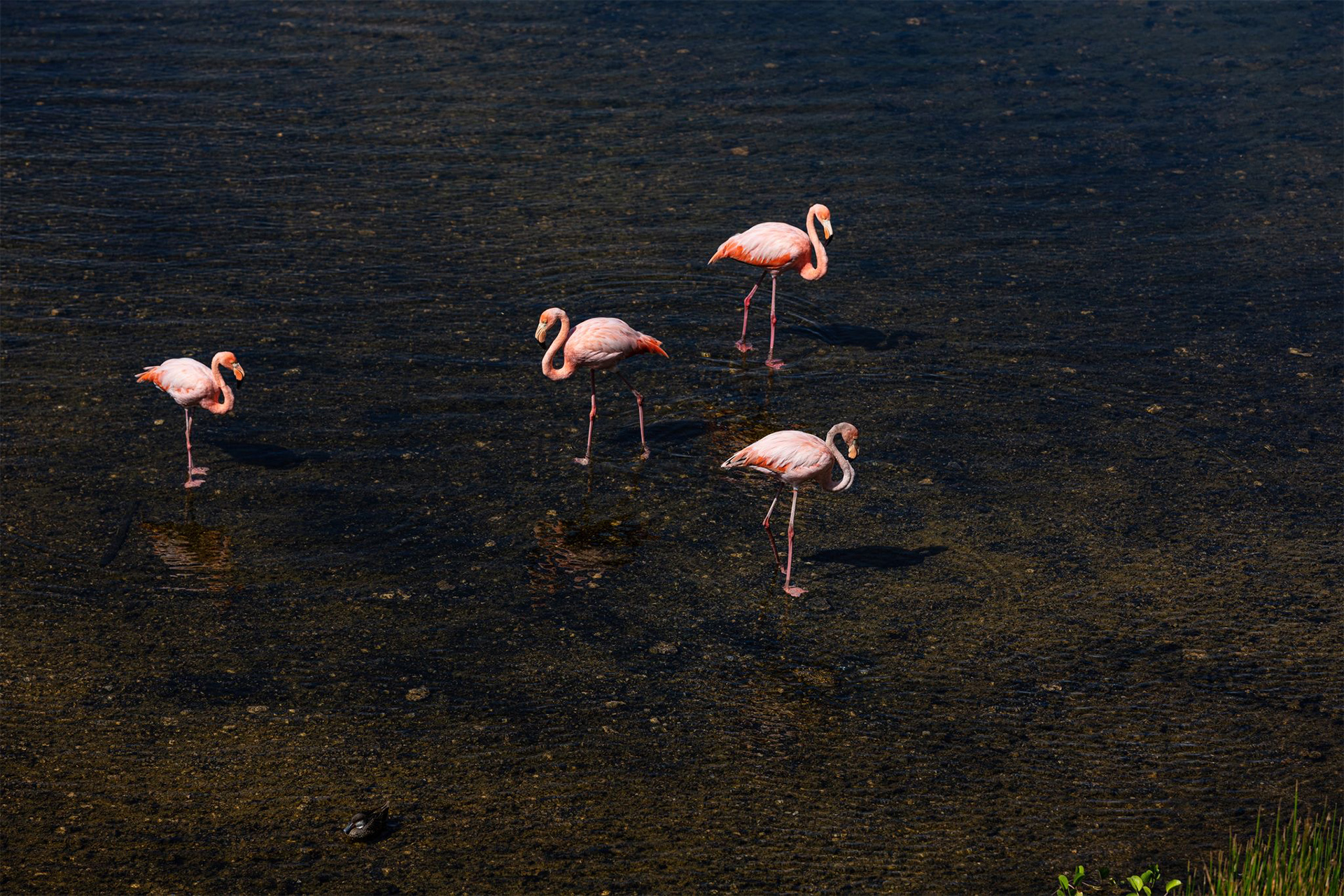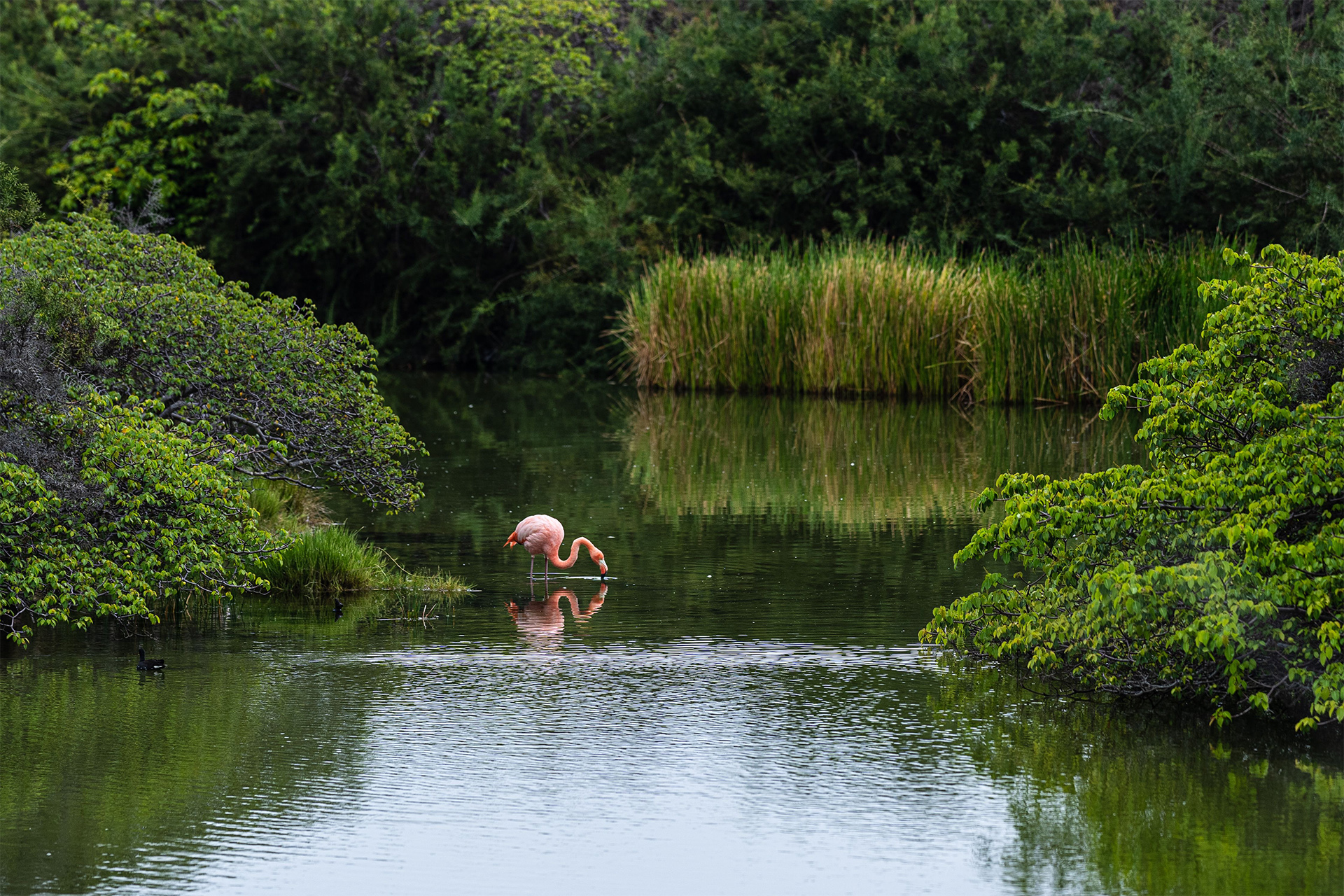In 1994, a lone wolf crossed the border from Italy into Switzerland. Within a year, there were two, then pups and sporadic sightings.
By 2012, Switzerland had its first stable wolf pack in well over 100 years.
The pack’s dominant female, known as F07, was first spotted by a camera trap in the canton of Grisons in southeastern Switzerland (where Davos, Klosters and St. Moritz are) in 2011 when she was a year or two old.
For nine years, F07 lived with the same mate, M30, on the Calanda Massif above the city of Chur—one of the longest continuously inhabited (by humans) places in Europe. They had 46 pups together in 8 litters.
Their pack was called Calanda, and their offspring have spread throughout the Alps and paired with wolves from Italy and France.
The Calanda pack has disbanded but has led to many more. By mid-2023, Switzerland had at least 200 wolves in about 25 packs roaming primarily in alpine environments.
By 2025, Switzerland had more than 300 wolves.

Reintroducing Wolves to Yellowstone, Montana
Wolves returned to Yellowstone around the same time as Switzerland, but quite differently. On January 12, 1995 a horse trailer carrying Canadian wolves passed through the gate into Yellowstone National Park’s northwest entrance. Wolves had been absent from the park for nearly 70 years.
From 1995 to 1997, 41 wolves from Canada and northwest Montana were released in Yellowstone and dispersed to establish territories outside the park.
As of January 2024, at least 124 wolves roamed Yellowstone National Park in ten packs. Wolves in Yellowstone sit at the core of a larger population—approximately 500 wolves—throughout the much larger 34,375 square mile Greater Yellowstone Ecosystem.

Gray wolf pack, Yellowstone National Park
Shared Gray Wolf Controversy
There are similarities and differences as wolves return to Switzerland and Yellowstone. One thing is nearly identical: it’s controversial.
Set in Gardiner, Montana just outside Yellowstone National Park, Nat Hab Film’s Big Bad Wolf shares conservation challenges and local perspective on the reintroduction of wolves. One resident said, “I’ve yet to find anyone who’s totally neutral about wolves; I think everyone has a strong opinion.”
The debate sounds different because it’s shaped by local culture, but almost everywhere people are taking sides on how wolves should be managed.
Economics & Culture Impact Opinions on Wolves
Around Gardiner, Montana the economic value of wolf conservation travel is massive. One local study found that in 2022 wolf-viewing brought at least $82 million into the Greater Yellowstone Ecosystem. In the same year and county, the state paid out only $3,243 to ranchers for two wolf-related livestock deaths.
In Switzerland tourism of a different kind shapes thee debate. The pastoral culture that has developed in Switzerland over the last 150 years values freedom, peace and tranquility (read: quiet). The mountains have become hikers’ paradise, where herds of sheep, cattle and goats graze Alpine meadows unfenced and almost always unattended.

Letting sheep roam the Alps unattended during summer is a cherished Swiss tradition. Neither shepherds nor livestock guardian dogs have been widely used here in generations.
The Swiss debate on wolves is marked by a surprising, vocal resistance to livestock guardian dogs and fences. In some locales voters have even called for a complete ban of livestock guardian dogs, arguing that they scare off alpine tourists. Most news coverage of livestock guardian dogs frames them as costs to taxpayers.
When it comes to livestock guardian dogs, I am biased. I arrived alone in Switzerland from the U.S. with a Great Pyrenees-German Shepherd mix I met at the Boulder Valley Humane Society when he was only 8 weeks old. I always say I’m never sure who rescued whom.
Now, years later, my husband and I live with a pure-bred Great Pyrenees. We’ve encountered more negative reactions than we imagined—nevermind wolves, a shocking number of Swiss people (in the German-speaking cantons especially) are unaccustomed to—and afraid of—our thoroughly domesticated, furry family member. It’s not something I expected from the culture here.
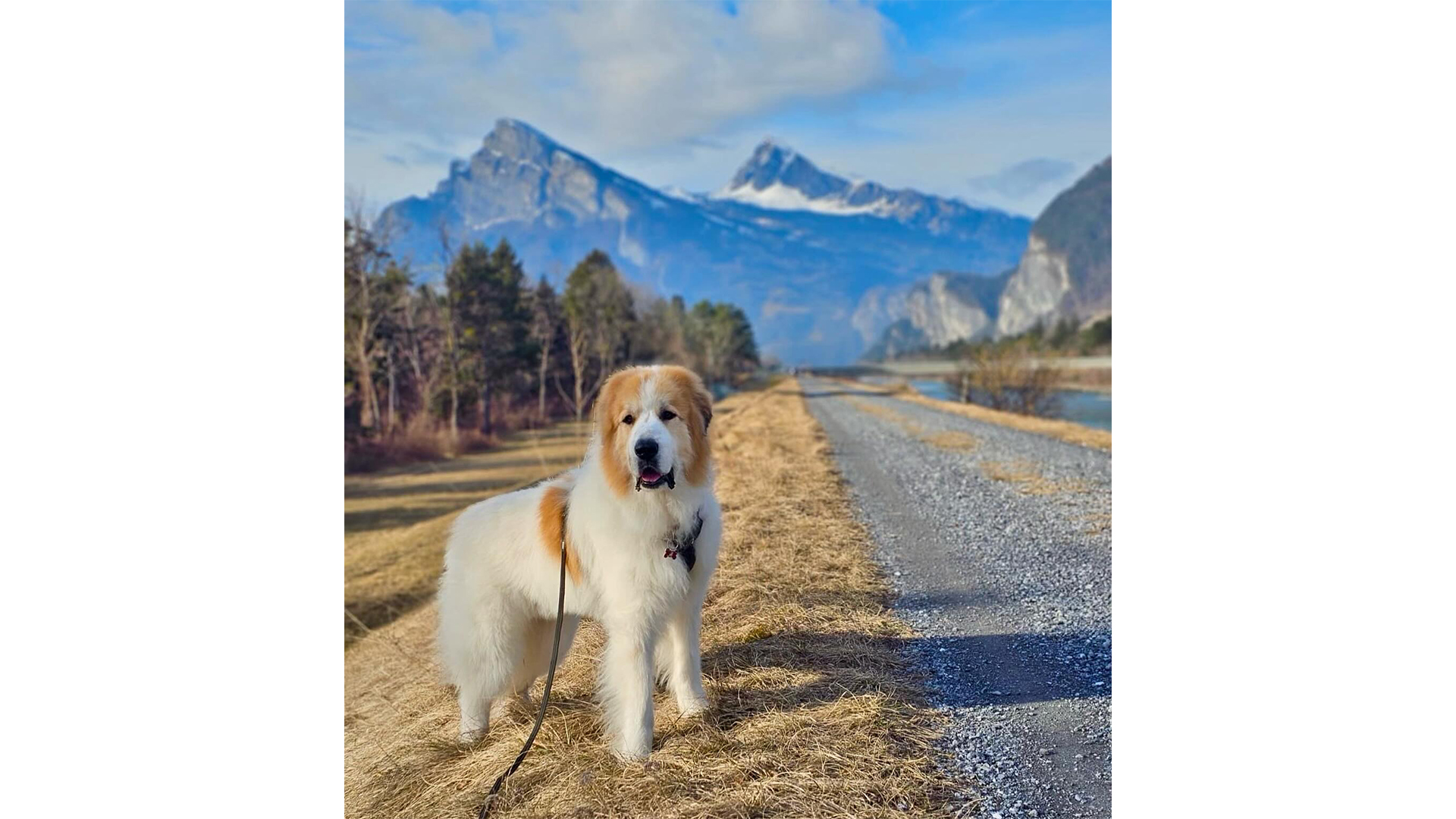
Great Pyrenees Winston © NF Dogshome, Bad Ragaz, Switzerland
Debate on Wolves Shaped by Fear, Not Facts
Debates on wolf protection and management are far more about us than them. In fact, the data on wolves tells a very different story from public opinion.
In the Greater Yellowstone Ecosystem, less than one-tenth of one percent of livestock in wolf-occupied areas is lost to wolves. In Europe, wolf predation represents an annual killing of 0.065%. The impact of wolves on livestock is minimal.
In Switzerland, in the first 6 months of 2023, as the number of wolves increased, the number of attacks on livestock actually decreased due to increased protective measures, such as anti-wolf fencing.

About five times as many Alpine sheep are killed every year by falls, rockfalls, parasites, lightning and disease than by wolves.
WWF has since stated in no uncertain terms: “Wolves in Europe are NOT dangerous to humans. There have been no fatal attacks on humans reported in Europe in the 21st century.”
In truth, the big bad wolf is not that big a problem.
Wolf Management in Montana & Switzerland
And yet in Switzerland and Yellowstone, wolf management policies are complicated, contested and shifting. Programs exist to compensate farmers and support more biodiverse protection of livestock, but at the heart of the debate, management means hunting.
Both Switzerland and Montana have reduced wolf protections in recent years.

Gray wolves and magpies in Montana
Effective January 4, 2021, reduced U.S. federal protections affected wolves in at least 44 states. During the 2021-2022 hunting season, 24 wolves from Yellowstone National Park were killed in neighboring states. Hundreds more wolves were killed—roughly 270 in Montana, 500 in Idaho and 30 in Wyoming. Montana and Idaho have been producing new laws to remove protections for wolves.
The Montana Fish and Wildlife Commission approved a quota of 334 wolves to be killed by hunting or trapping in the 2024-2025 season, an increase from the previous year’s quota of 313 wolves.
In Switzerland in September 2020, more than half of Swiss voters (51.9%) rejected changes to hunting laws that allowed hunting of wolves. Gabor von Bethlenfalvy, large carnivore specialist at WWF Switzerland said in a press release, “The result shows that the Swiss population wants to strengthen and not weaken species protection.”
Despite the vote and having earmarked 7.7 million Swiss francs ($9 million) in 2024 for protecting flocks, conservative politicians in the federal government fast-tracked revisions that allowed for proactively hunting wolves—including shooting entire packs—even if they posed no threat.
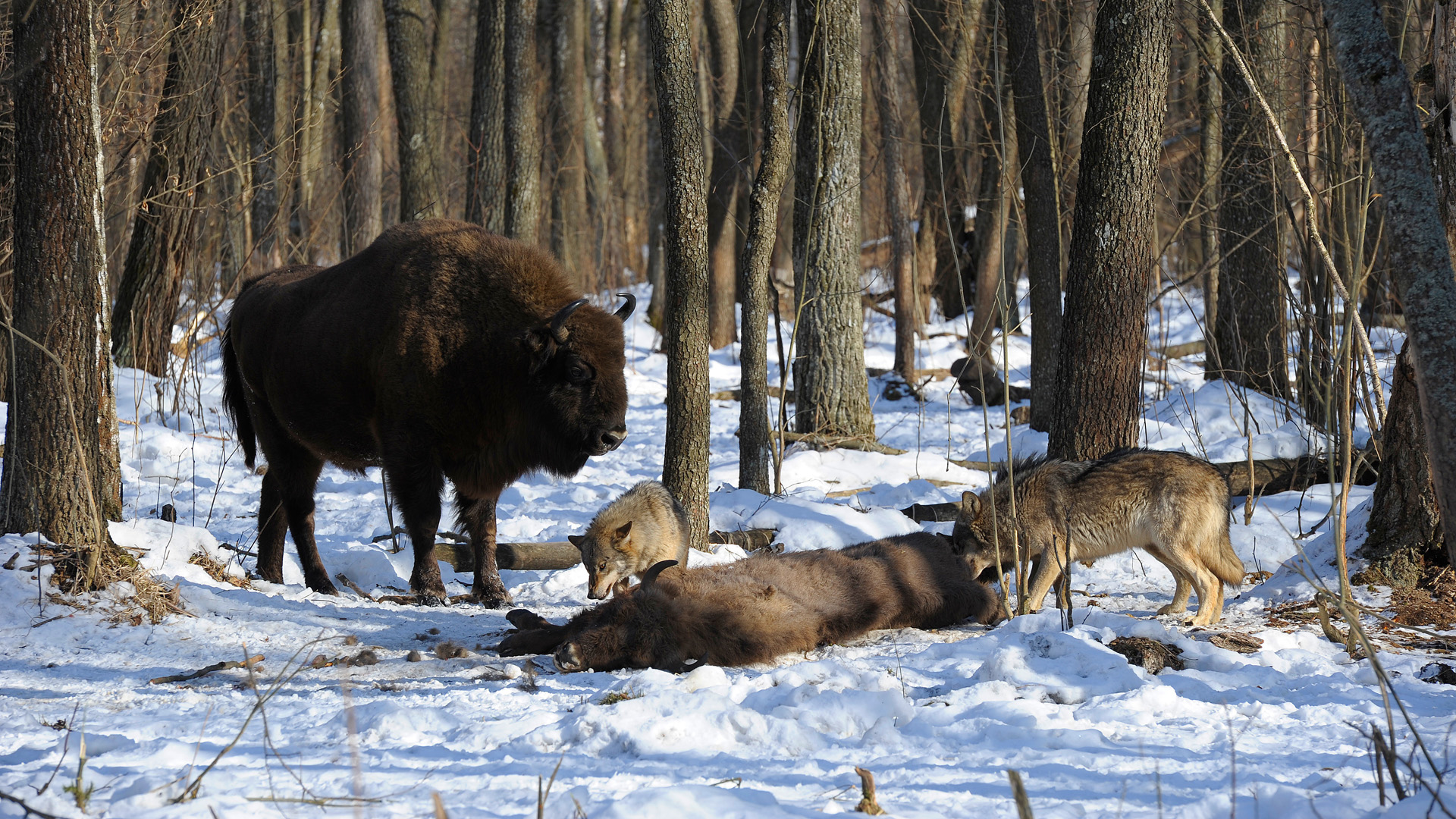
Yellowstone National Park
Under the fast-tracked revisions, from December 1, 2023, to January 31, 2024, the cantons with a wolf population were allowed to kill a total of 12 packs and partially cull six more. The other 12 packs were to be left untouched. No one seems to know how these numbers were derived—wildlife biologists maintain that 20 packs must be left untouched to ensure the wolf’s survival in Switzerland.
The courts halted the hunt on January 3 due to objections from conservation organizations, but between December 2023 and January 2024, over 50 of Switzerland’s 300 wolves were killed.
WWF research has shown that the culling and hunting of wolves is usually ineffective and can be counterproductive in reducing attacks on livestock, unless it is carried out on a large scale—which could compromise the viability of wolf populations. In Yellowstone, killing females has even led to increased reproduction by other females in the pack.
Research also suggests that disrupting healthy packs by shooting wolves might lead to higher levels of livestock predation because lone wolves lack the support of a pack to hunt wild prey and are more likely to attack smaller animals.
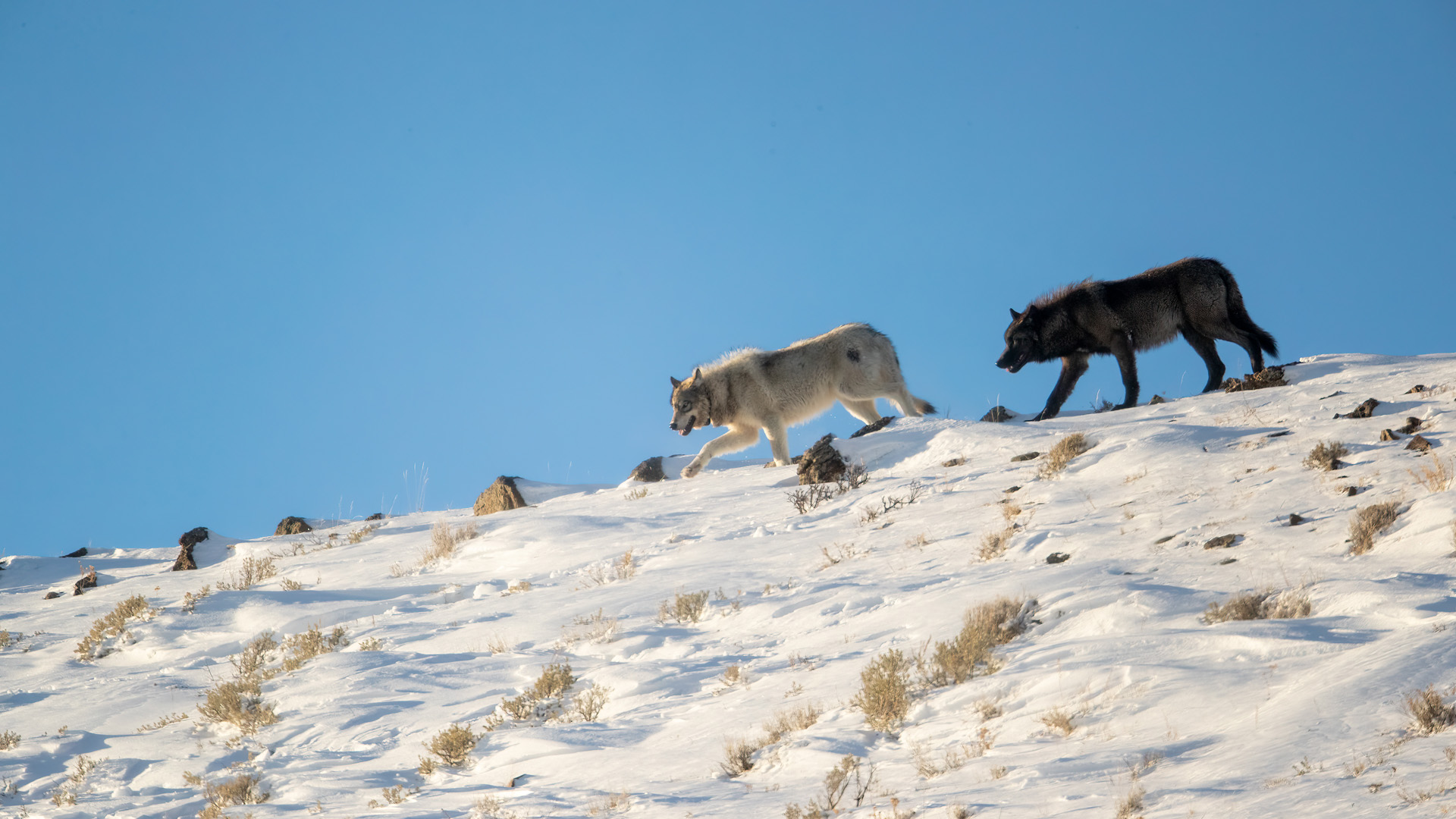
Yellowstone National Park
Habitats of Coexistence in Portugal
Portugal offers another way forward. Nine thousand people live in 92 villages in the protected Montesinho Natural Park in northern Portugal. One hundred twenty species of breeding birds and 70% of Portugal’s terrestrial animal species also live there, including a large population of Portugal’s Iberian wolves.

Iberian wolf, Portugal
The Iberian wolf is a subspecies of the gray wolf inhabiting northwestern Spain and northern Portugal, mostly north of the Duoro River. There are approximately 300 wolves in Portugal’s northern and central highlands, and 3,000 in neighboring Spain. Iberian wolves have been isolated from mixing with other wolf populations for over a century. They form one of the largest wolf populations in Western Europe.
Because wolves have lived in the region for thousands of years unabated, the local community has maintained a connection to traditional methods of preventing attacks, such as guard dogs, fences and shepherding.

Iberian wolf, Portugal
Areas with continuous wolf presence experience lower depredation levels compared to regions where predators disappeared and then returned in recent decades. The region has 40% of Portugal’s wolf population, but only 5% of attacks on domestic animals, according to the Portuguese Institute for Nature Conservation and Forests (ICNF).
While conflict with wolves is still a challenge in Central Portugal, attitudes towards wolves remain largely positive, too. For local farmers, wolves keep other animals like deer and boar, which damage chestnut and grain crops, in check.

Iberian wolf, Portugal
What’s Needed? Education, Fences, Dogs & Wolf PR
How can more communities become more like Portugal? The three main threats to wolves are human-made. We have:
- limited and fragmented wolf habitat
- severely limited wolves’ wild food sources (ungulates)
- killed wolves, including whole packs
The solutions are ours to make, too.
Livestock protection measures are relatively straightforward and extremely effective. Resistance to using minimal protective measures is a far greater issue than wolves.

Wolf management should focus on:
- Ensuring diversity and density of wild prey populations
Where wild prey is scarce, wolves are more likely to target livestock. Restoring habitats to increase the availability of natural prey is an effective measure to prevent attacks.
- Electric fencing
Fencing may be all that’s needed to protect livestock from wolves. In some studies, fixed enclosures have proven 100% effective.
- Livestock guardian dogs
Presence of livestock guardian dogs can reduce attacks on livestock by up to 61%, and a combination of electric fences plus guard dogs is the most effective deterrent.
- Shepherds
For over 20 years, WWF has supported the Pastoraloup program set up by FERUS, a French association for the protection of large predators, to train shepherds in the Haute-Provence Alps. In 2024, the program received over 150 applications for 60 internships. Even without dogs, the presence of a human shepherd can be a sufficient deterrent for wolves.
More than anything, though, wolves need good PR.

Iberian wolf, Portugal
Will We Choose Coexistence?
Whether they’re reintroduced, cross borders themselves or are in areas where they never disappeared, living in close proximity with growing populations of wolves can be controversial—primarily because people are afraid of them and we have abandoned traditional livestock guarding methods.
Public opinion and practices in Portugal show a way forward that honors wolves and local communities.
Sara Wehrli, a wolf conservationist for Pro Natura, Switzerland’s oldest environmental organization, has said, “The wolf is indigenous to Switzerland, so it’s just natural that it should return and play a part in the ecological system.”
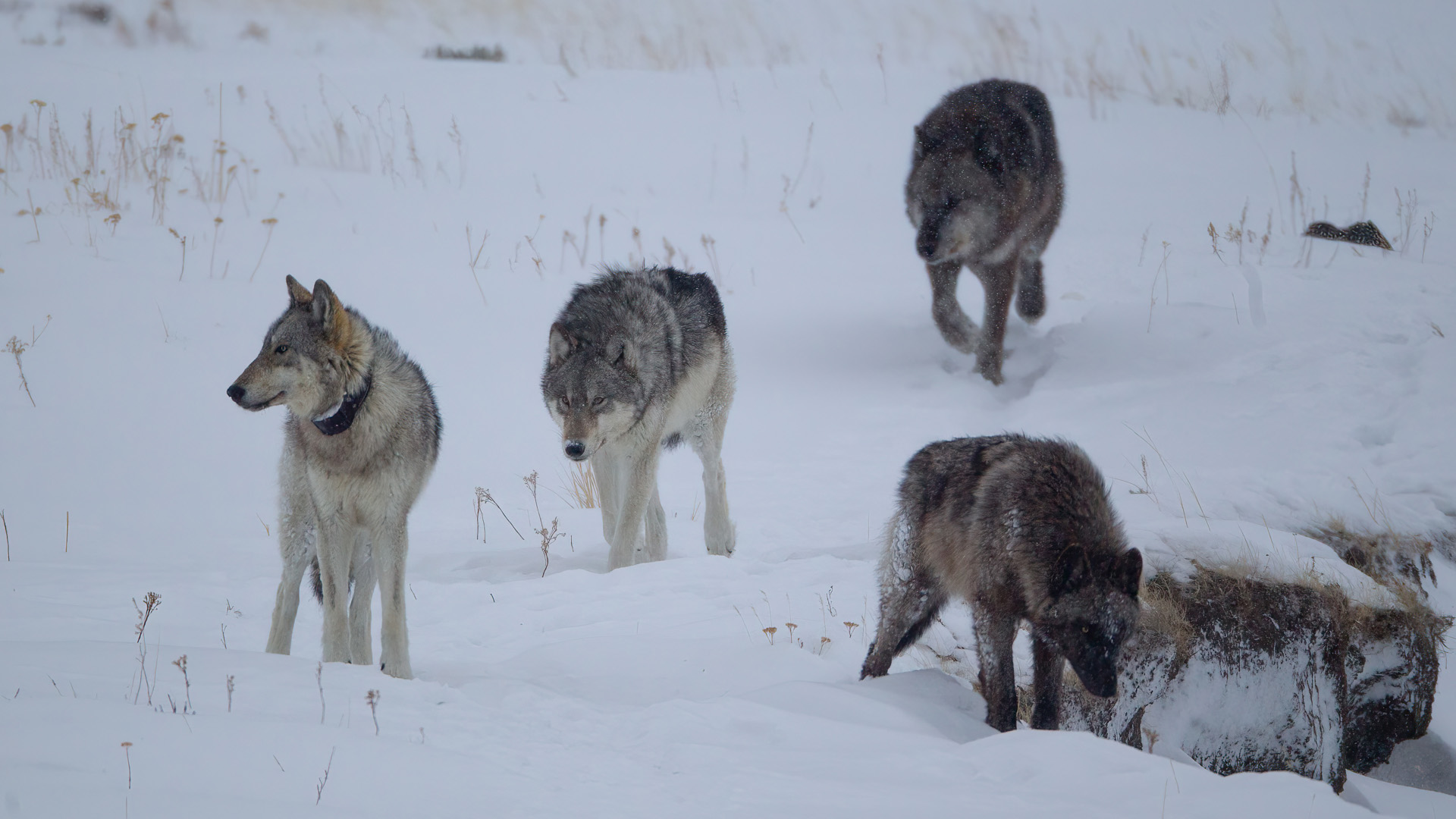
Yellowstone National Park
In Montana, Colby Brokvist echoed that sentiment, “In my mind, there’s not another creature on the planet that defines wilderness like wolves. I want wolves on the landscape because as simple as it may sound, they are symbols of a wilderness that I want to keep on this Earth forever.”
Research shows wolves pose almost no threat to humans and surprisingly little threat to livestock compared to the extent of the debate.
In Nat Hab film’s Big Bad Wolf, Aaron Bott boils it down to this:
As wolves return to parts of their vast historic range, we must ask ourselves new questions: Are we going to choose to make room for them? Because it is a choice. We can choose to annihilate them. We did once. We have to choose to keep them here.
For me, the choice is clear.

For more on wolves, wolf reintroduction and wolf conservation travel
If you’d like to know more about wolves, wolf reintroduction in the American West or wolf-focused conservation travel in Yellowstone National Park, here are more resources and opportunities:
- For more gray wolf facts, check out Nat Hab’s Know Before You Go Gray Wolf Facts | Yellowstone Wildlife Guide
- Wolves were reintroduced to Colorado in December 2023. For more on that reintroduction, Check Out Nat Hab’s Daily Dose of Nature Webinar with wildlife biologist and Nat Hab Expedition Leader Aaron Bott: The Pack is Back: Reintroducing Wolves to Colorado.
- Looking for a wolf-centered photo expedition? Nat Hab offers an immersive wolf-tracking expedition into Yellowstone’s remote Northern Range. This wolf-focused winter wildlife adventure spends four full days in Yellowstone’s famed Lamar Valley and Northern Range, the best spot anywhere for tracking wolf packs living freely in their natural environment.
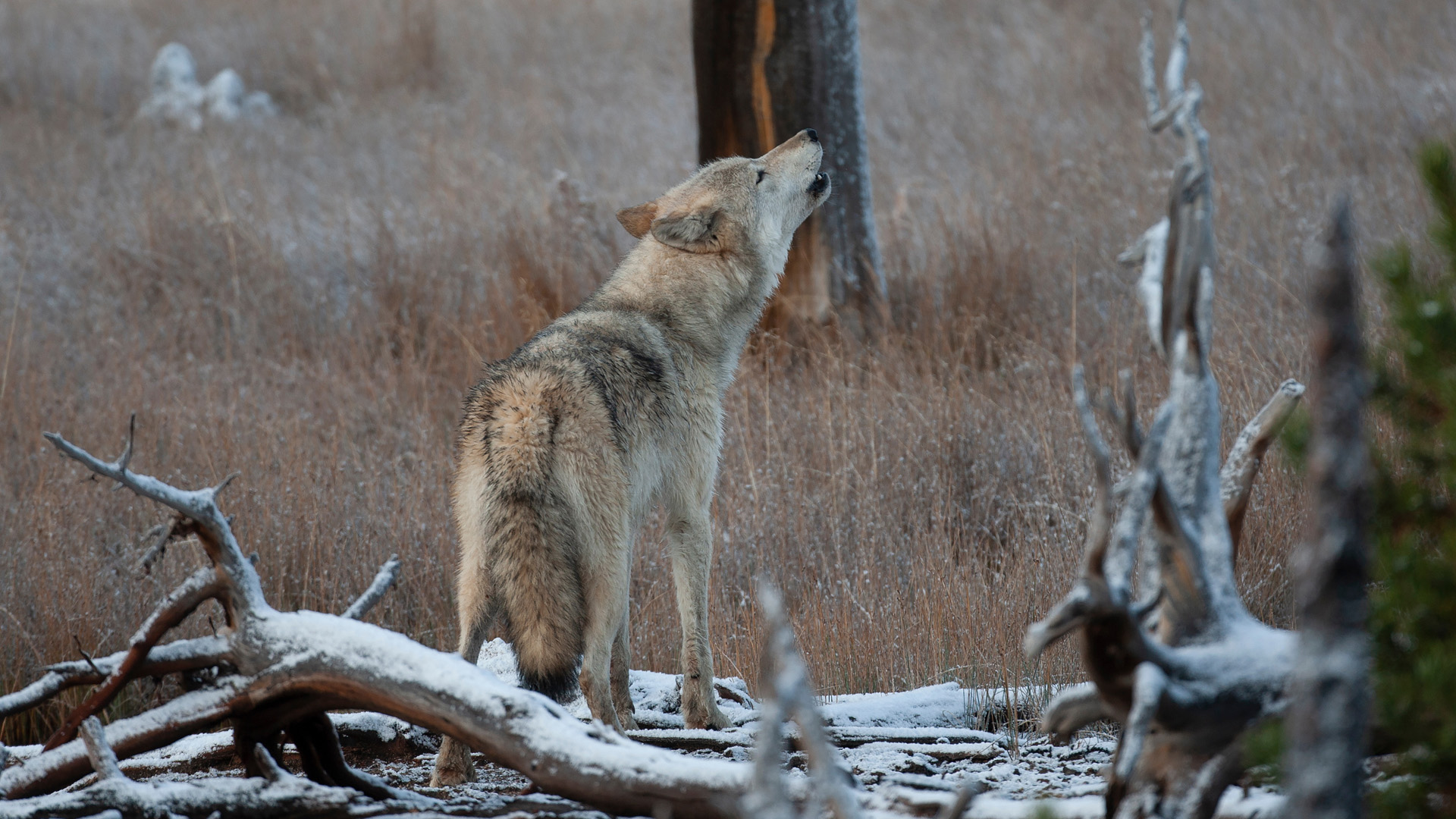
Yellowstone National Park
The post Conservation & Coexistence: Managing Wolves in Yellowstone, Switzerland & Portugal first appeared on Good Nature Travel Blog.






